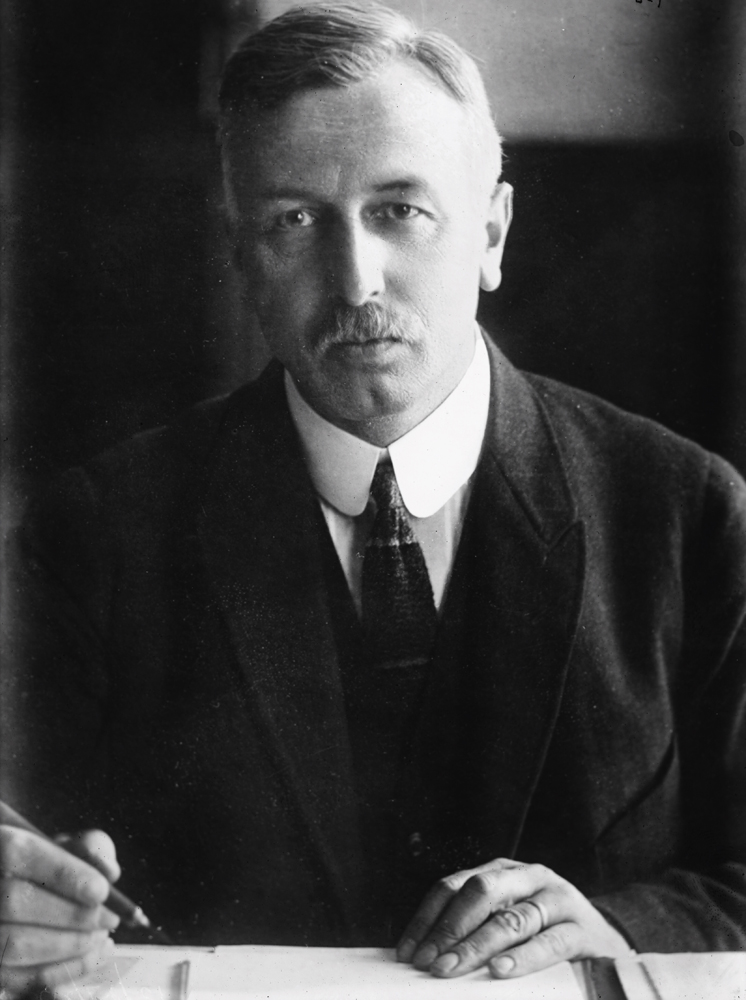
In a time of war, foreign agents are at work on American soil. They blow up buildings and munitions factories. They sink ships at sea with explosives hidden in the cargo. In a campaign of sabotage and terror, they kill hundreds of U.S. citizens. Spies and fifth columnists — some American-born, some recent immigrants still loyal to their native land — hold clandestine meetings in New York and other major cities, plotting violence against the United States. Overmatched police officers, unused to fighting an enemy they can’t see, struggle to identify the terrorist cell’s ringleaders before more havoc and unleashed and more innocents are killed.
Sounds like a pretty good espionage thriller, doesn’t it? Or the plot of every Die Hard movie ever made? In fact, it’s nothing less than authentic — albeit long-forgotten — American history, brought to vivid life in Howard Blum’s latest book, Dark Invasion: 1915: Germany’s Secret War and the Hunt for the First Terrorist Cell in America. A hundred years after the chilling events it describes — events that will strike an eerily familiar chord with anyone who pays even cursory attention to the vagaries of America’s War on Terror — Dark Invasion reminds us, as Blum put it in a recent conversation with LIFE.com, that “the past is never past.”
“When I first read about these events in the CIA’s in-house journal,” Blum told LIFE.com, discussing how he came upon the story of German saboteurs in America in the first place, “I thought, now this is really something. New York cops hunting a terrorist cell in the midst of World War I? Here was the birth of American homeland security, in a sense. But in order to tell the story, I knew I needed to find a character who could drive the story along, and I had to get inside that character’s head. I couldn’t make up anything he said or felt or thought — but I’d still have to portray all of that in a way that keeps the reader involved.”
When he learned that a central figure in the tale, New York City police captain Thomas J. Tunney, had once written a memoir, and that the German naval officer and spy who masterminded so many of the often-deadly acts of sabotage — Franz von Rintelen, the self-styled “Dark Invader” — had penned a two-volume memoir, Blum knew he had what he needed to structure a cohesive, suspenseful and, above all, accurate story.
The number of German operatives active in America during the early years of the First World War is hard to determine with absolute accuracy; historians estimate that the core terrorist network included around 28 people. Blum points out, however, that the people who worked in concert with the key members of the cell — German loyalists who sabotaged factories, Irish stevedores who planted incendiary devices on ships carrying munitions to English troops fighting in France, and others — likely numbered in the hundreds.
A Congressional hearing in the 1920s, meanwhile, estimated that between 300 and 500 Americans were killed during the cell’s lethal sabotage spree.
The dangers posed today by a terror cell even a fraction the size of von Rintelen’s are, of course, exponentially more complex, and more destructive, than those of a hundred years ago. One example: In 1915, 375,000 people rode the New York City subway each day — “a number,” Blum says, “that amazed me when I first read it. I had no idea it was that large.”
In 2014, more than 4 million people ride the subway. Every day.
Ben Cosgrove is the Editor of LIFE.com








More Must-Reads from TIME
- Cybersecurity Experts Are Sounding the Alarm on DOGE
- Meet the 2025 Women of the Year
- The Harsh Truth About Disability Inclusion
- Why Do More Young Adults Have Cancer?
- Colman Domingo Leads With Radical Love
- How to Get Better at Doing Things Alone
- Michelle Zauner Stares Down the Darkness
Contact us at letters@time.com